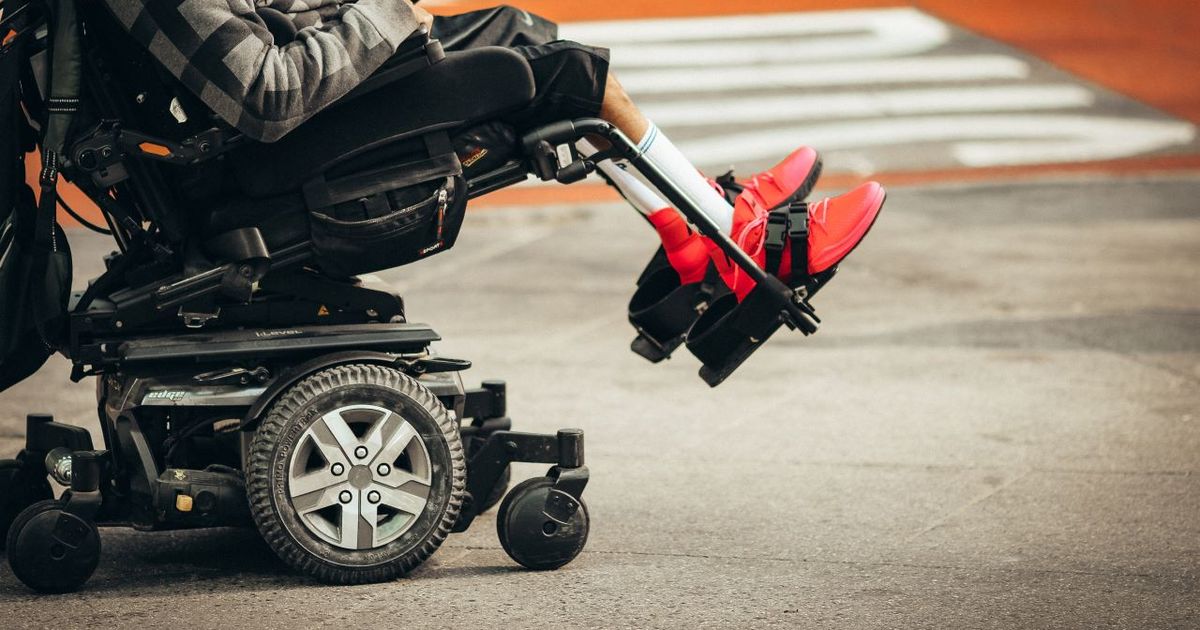In the space “how i wrote it” of Infobae Let’s read, authors and authors tell behind the scenes of the books they have just published. Why they chose the themes or stories that ended up on their pages, what revelations appeared in the writing process, what sensations there were as that process occurred.
This time the writers Alejandra Rey and Horace A. Massacesi They are the ones who tell in first person the “kitchen” of the book that they have just published -and that they present this Wednesday in Rosario- with an eye on one of the great tragedies of today: extreme labor exploitation. In Creole, 21st century slavery.
The last voyage of the Phoenicians is he thriller Edited by Penguin Random House. There, in the center of the plot, a huge factory ship that sails the ocean in search of avoiding all possible legislation. So that? To commit crimes to the extreme, attracting migrants whom they seduce with the promise of a better life and they immediately put them at their service without the slightest guarantee of dignity prevailing.
The textile industry also serves as a setting to describe a world in which, say the authors, consumers ask as few questions as possibleor none, about the origin of those clothes that they keep in their drawers or hang from their hangers.
The authors’ research ranges from how language gaps operate on top of a ship in which freedom does not exist but the possibility of rebelling maybe to what is the scenario of labor exploitation in the world right now. The rest, it may be said, is literature. But the one that makes a mirror with the world around us.

By Alejandra Rey and Horacio A. Massacesi
When they ask us why we made this book or by what paths we got to it, what we immediately say is that The Last Voyage of the Phoenicians he was looking for us.
As consumers we knew -and we know- that the textile industry -among others- employs slave labor for his clandestine workshops all over the world: it is socially naturalized and even knowing that it exists we prefer to pretend to be distracted and continue buying, perhaps embarrassed, but without questioning anything.
How, if it were not for slavery, is it possible to explain that there are stores that sell almost at zero cost? How many lives are lost behind a sewn button, a buttonhole, a hem? Many, but, at the same time, we love to boast of having bought at a very cheap price in a store cool in Madrid, Rio, Milan or Paris. And we even haggle if the transaction is made in a typical bazaar that is part of the tour of the city, to later say: “It’s the shirt I saw in London, but I bought it soooo much cheaper here”. And here is the rest of the world or a small market in the same English capital.
With these premises we imagine a place where everything could happen undisturbed by less corrupt governments or non-profit organizations that globally persecute traffickers. and that place is the sea: millions of kilometers without authority or laws, full of solitude, but populated with cargo ships that nobody knows exactly what they have on board. Or they don’t want to know.
So we think about a huge factory ship disguised with containers that house an entire city on board with everything you need to live and cheat, like a casino, but whose epicenter is a clothing factory that has workers sewing 24 hours a day all year.

Those people are the displaced, those who flee, expelled from their land or from their families and who no one will ever look for because they don’t matter. The former, the migrants, because pseudo-modern societies do not want to look them in the eye: they are ashamed, they were their colonizers and now that they need a warm bed they ignore them or hide them. Europe already looks the other way when the Mediterranean is littered with the corpses of beings who seek freedom and succumb in the attempt. But if they had reached the coasts, would they have been given respectable jobs or subjugated?
The captain of the Phoenicians seduces all these people with money so that they get on board of their own free will, he offers them a boat trip, a temporary job with good earnings to be able to send money home, but the truth is that they will meet slavery embodied in the highest of technologies.
For all this, a thorough and in-depth investigation of shipping traffic worldwide was needed, of the routes taken by displaced persons, migrants, people without a future who will do everything possible to survive. The sea is a marvelous territory for the creation of a fiction like the one that is read in The last voyage of the Phoenicians and its characters, although they are not real, are clearly possible: we all know them from somewhere or from certain governments.
The research included modern slavery numbers published by various reputable international organizations and personal experiences. Although the protagonists are fictitious, we all know or have read about them in recent months and days, because The nobodies of the world populate every corner of the planet.
Writing this book was for both of us a beautiful and cruel adventure at the same time: we saw, read and understood the testimonials of slaves from all industries that today, when you read this note, you are working in some clandestine factory, perhaps under your nose.

Five people, all young, will be the heroes of the story. Five people who have nothing to lose, but who understand that freedom is not a luxury but a right. And they will try to flee despite little understanding of each other because the ship was also designed as a Babel: the organizers had a plan to go through social networks and in newspapers in some very specific areas of the world to deceive those most in need and the result of that casting was people from all over the world speaking different languages.
Those in need will flock and ascend meekly and well fed into their new life. But, in the end, they will want to escape: will they succeed? The ship they are on, anchored in the Diomede Islands, in the Bering Sea – there are two of them, they are three kilometers apart, but one is Russian and the other American and they are 24 hours apart- It does not give any possibility of flight, but it does of rebellion?
Investigating how the protagonists of the story can communicate with each other – they all belong to different ethnic groups – and trying it with the outside world demanded another effort of linguistic research and strategies, as well as the exhaustive survey of each Pacific coast.
Perhaps, from this reading, a thriller bearable and almost real, let us begin to demand more vigilance in our seas and those of the world because, Although there are still no reports of the existence of factories with slave hands in the sea, it does not mean that they do not exist.
Antonio took the tablet that Steve handed him and read the following on the page, a partnership between Humanity United, the Business & Human Rights Resource Centre, Sustainalytics and Verite, and which has an address in the UK:
The latest report prepared by the NGO Know The Chain shows that many of the brands in the luxury sector work with factories that exploit their workers and violate their rights.
We often talk about slavery as if it were a thing of the past. A horror from another era perpetrated and allowed by people who have nothing to do with us. You are very wrong. Slavery continues to be a serious problem in the 21st century.
This has been revealed by the new report prepared by the NGO Know The Chain. This reveals a conclusion that we all already knew to a greater or lesser degree but that we need to capture to raise awareness about the problem: his closet is full of clothes made by slaves.

The difference is that the slave of the 21st century and the one of 100 years ago are not the same. The portrait of the new slaves shows us people from poor or developing countries looking for work in clothing and shoe factories, but all they find is labor exploitation.
The report shares one of thousands of stories about modern slavery. An Indian woman left her rural village to take a job in Bangalore. Through a negotiator she found a job in one of these factories. This one charged him a fee for his brokerage work and six months later he still hasn’t received any salary that it is being swallowed up by that exorbitant and illegal fee.
And, to make her situation worse, the agent had promised her room and board. When he arrives in Bangalore he found out that it was all a lie. Why do we echo the story of this anonymous woman from distant India? Well, because a lot of the clothes sold in the United States are made in India.
Why do brands do this? Globally, it is estimated that 24.9 million people are victims of forced labor. It is estimated that 16 million are exploited by multinationals and companies instead of by private individuals (as is the case with sexual exploitation).
According to the report we are analyzing, one of the sectors in which we find the most slaves is the textile and footwear industry. An industry that moves 3,000 billion dollars annually. There are many reasons why fashion and footwear companies tend to hire this type of workforce. One of them is that people from rich countries like the United States, the United Kingdom, Canada or France (to name a few) they have become addicted to cheap clothes.
This is due to global free trade agreements that have made it easier for brands to manufacture their products in countries where labor is shamefully cheap. The bottom line is clear: it is a market where competition for low prices and rapid change has led to globally opaque and complex supply chains.
“The last trip of the Phoenicians” is presented this Wednesday in Rosario, at Bar El Cairo (Santa Fe 1102). Alejandra Rey, Horacio Massacesi and Graciela Melgarejo will participate.
Keep reading:


